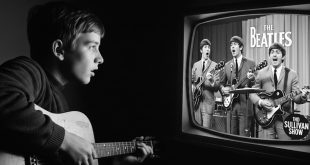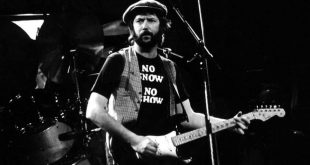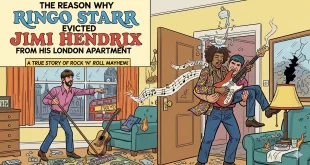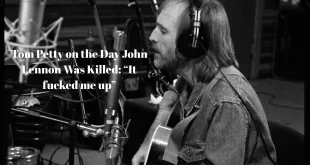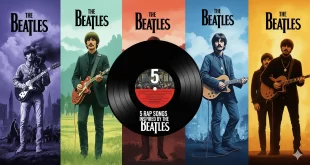The myth that The Beatles weren’t a live band continues to linger in music lore. But the numbers tell a different story. Before calling it quits on touring in 1966, the Fab Four played a staggering 1,487 shows—only 690 fewer than The Rolling Stones, who’ve been performing for decades longer.
For John Lennon, those early performances were crucial. The Liverpool clubs, the smoky bars of Hamburg—these were the places that molded him. Live music wasn’t just part of his career; it was a lifeline for a boy who grew up with deep emotional wounds.
Why Lennon Walked Away From the Stage
While The Beatles thrived in the studio after quitting touring, Lennon’s love for the stage never completely faded. Still, as a solo artist, he chose to distance himself from his Beatles catalog, often citing his discomfort with singing songs about holding hands as he aged.
Add to that his evolving personal life and the infamous “Lost Weekend” period, and it’s no surprise that Lennon only played ten solo live shows, with just two being full-length concerts.
Which Beatles Songs Did Lennon Actually Perform Live?
Despite his reservations, Lennon did revisit select Beatles tracks during solo performances. According to data from Setlist.fm and fan recordings, these were among his most-played:
- “Come Together” (most performed Beatles song in his solo career)
- “Yer Blues”
- “I Saw Her Standing There”
- “Yesterday”
- “Yellow Submarine”
While “Yesterday” and “Yellow Submarine” may seem like odd choices, they were reportedly included during special appearances rather than full tours.
“Come Together” – The Clear Favorite
Of all his solo Beatles performances, “Come Together” stands out as the most frequently played. Perhaps its gritty blues-rock feel made it feel less nostalgic and more aligned with Lennon’s post-Beatles persona.
Notably, Lennon performed it during his famous 1972 One to One concert at Madison Square Garden—a benefit show that remains one of the few high-quality recordings of his solo live work.
A Complicated Legacy
Lennon’s post-Beatles years were filled with contradictions. He craved privacy yet remained a global icon. He distanced himself from Beatles nostalgia but couldn’t quite leave it behind. He was preparing for a return to the stage just before his tragic death in 1980, further underscoring the inner conflict that defined much of his life.
“The buzz was incredible,” Lennon once said, reflecting on his 1968 performance at The Rolling Stones Rock and Roll Circus. That buzz never fully left him.
Conclusion
John Lennon may have stepped away from the road early, but his impact as a live performer remains undeniable. “Come Together” wasn’t just a song he returned to—it was a reflection of where his artistry lived: between rebellion and introspection, between past glories and future ambitions.

